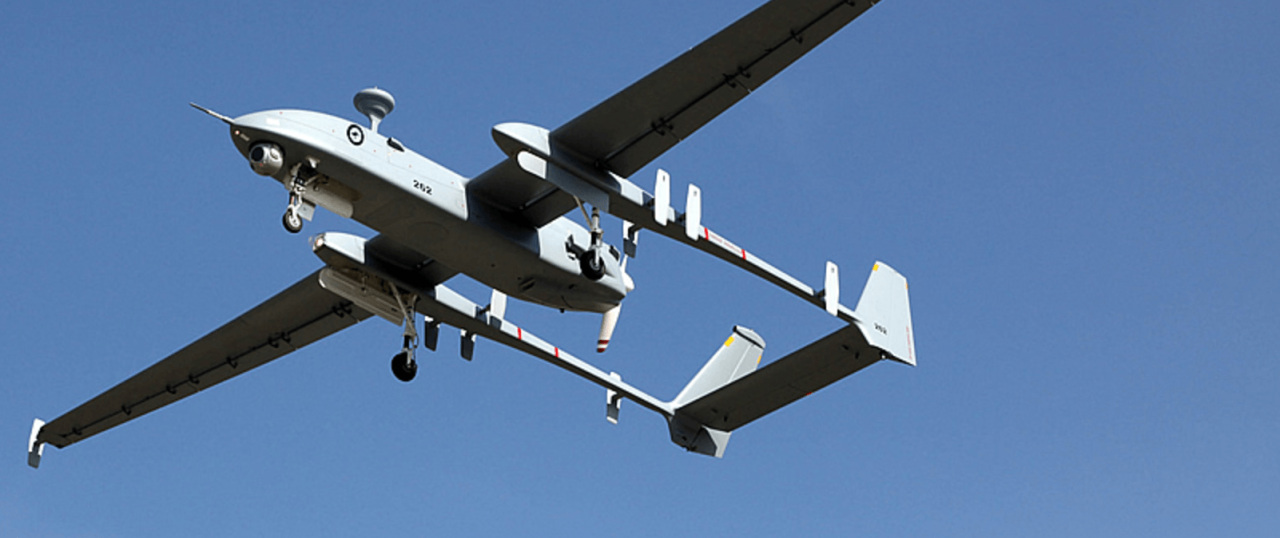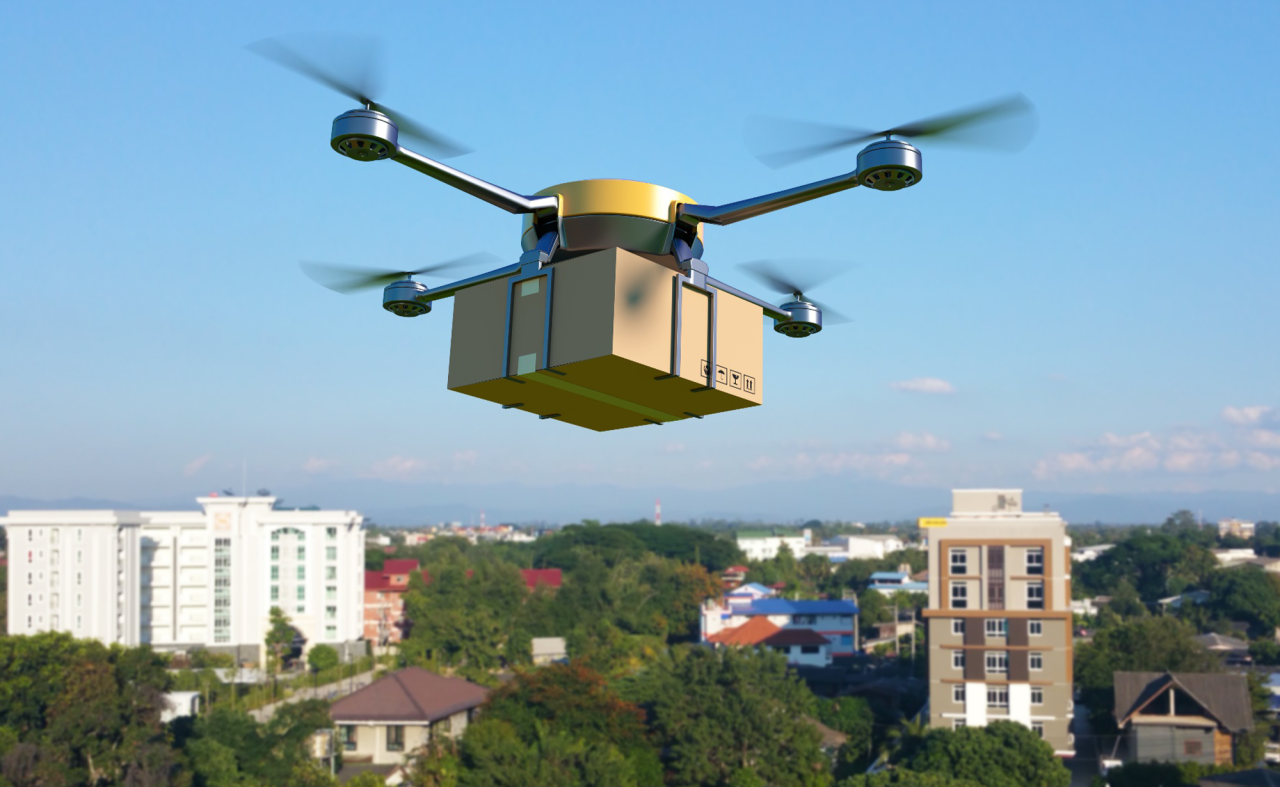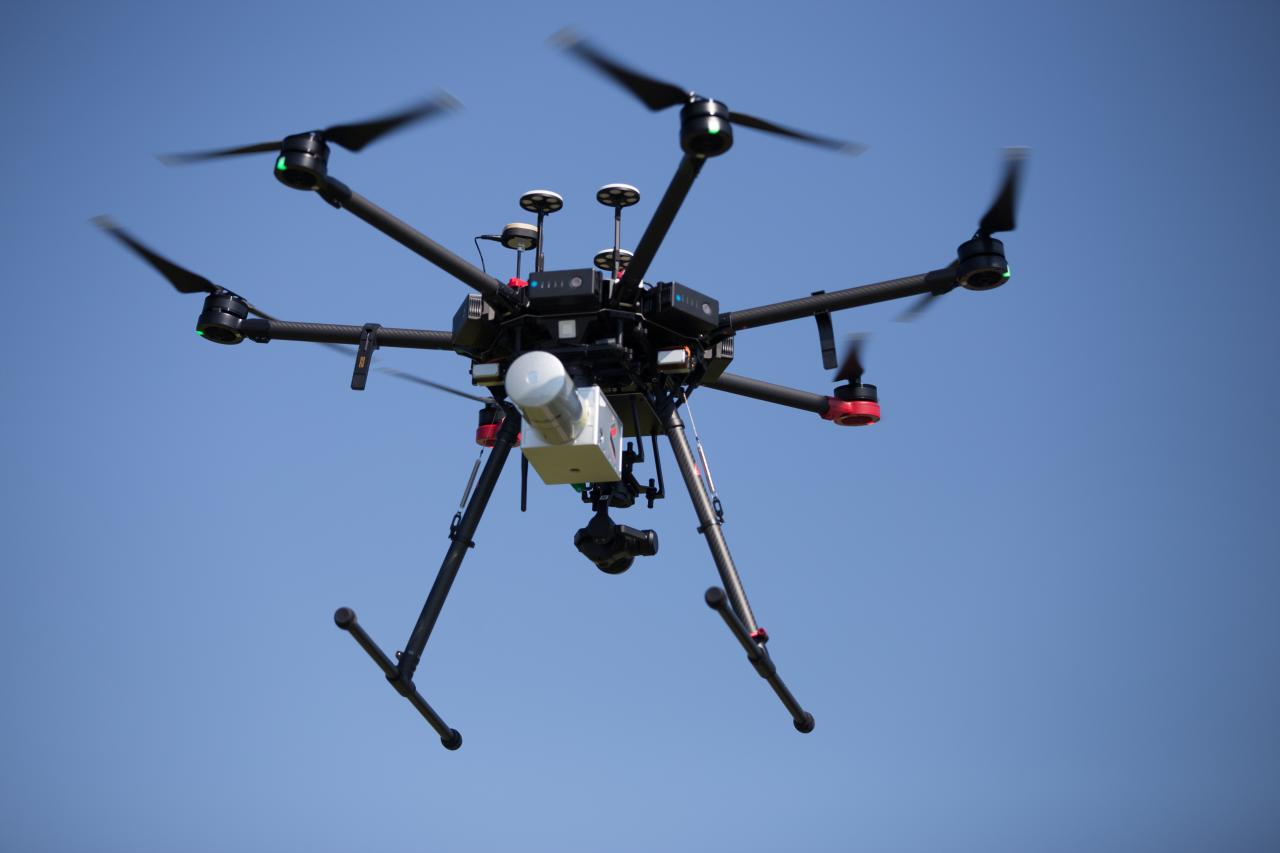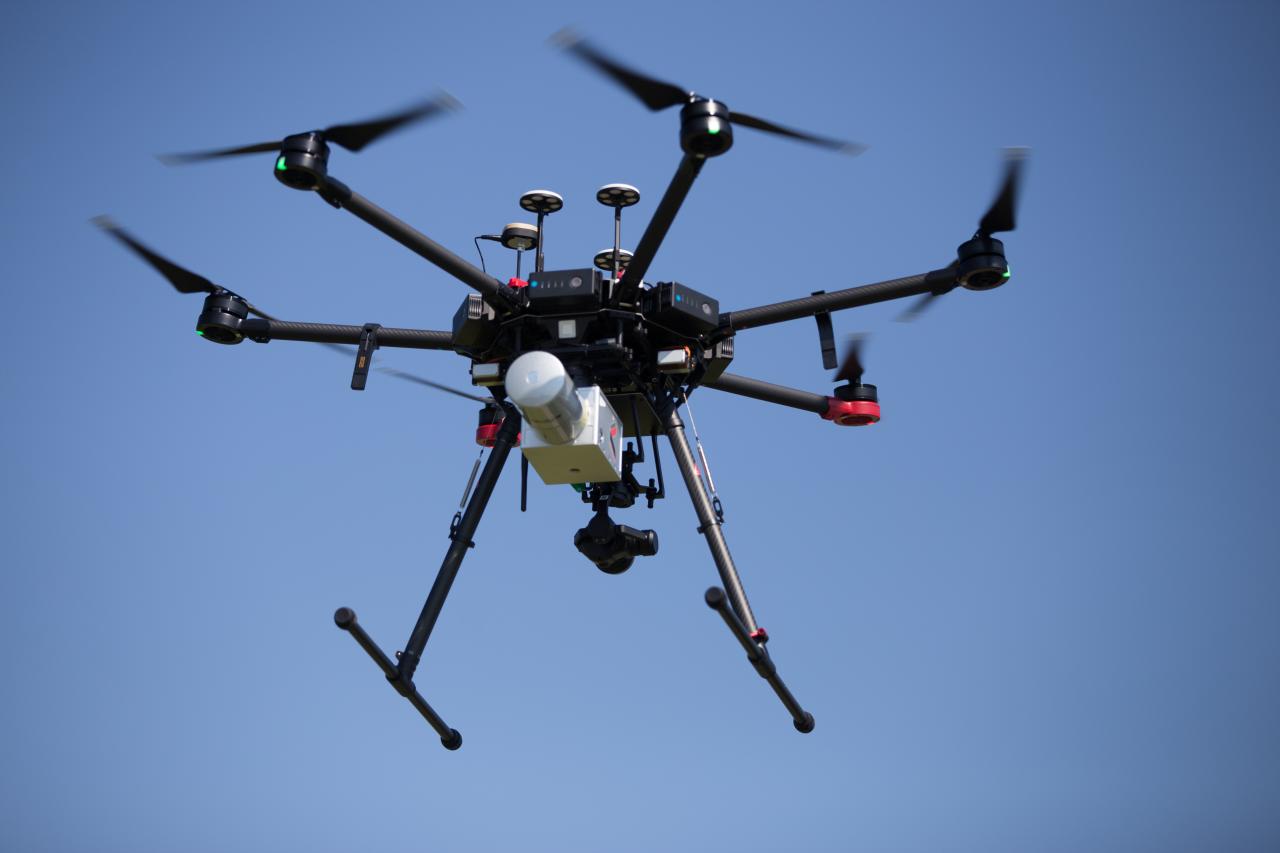Predator drone technology has revolutionized modern warfare and intelligence gathering. From its humble beginnings, the Predator drone has evolved into a sophisticated, versatile unmanned aerial vehicle (UAV) capable of performing a wide range of missions, from surveillance and reconnaissance to targeted strikes. This evolution is marked by significant advancements in sensor technology, payload capacity, and operational range, leading to a complex interplay of military, political, and ethical considerations.
This exploration delves into the technological advancements, military applications, societal impacts, economic considerations, and the operational dynamics of Predator drones. We’ll examine the capabilities of different models, discuss the ethical dilemmas surrounding their use, and analyze their influence on international relations and public perception. We’ll also explore the future potential of this technology and the ongoing debates surrounding its deployment.
Technological Aspects of Predator Drones
Predator drones, unmanned aerial vehicles (UAVs) initially designed for reconnaissance, have evolved into sophisticated military platforms capable of carrying out a wide range of missions. This section details the technological advancements that have shaped Predator drone capabilities, from their sensor systems to their diverse models and future potential.
Evolution of Predator Drone Technology
The evolution of Predator drones began with the MQ-1 Predator, initially designed for surveillance and reconnaissance in the 1990s. Subsequent models, like the MQ-9 Reaper, significantly increased payload capacity, endurance, and strike capabilities. This progression involved improvements in engine technology, airframe design, and sensor integration, leading to enhanced performance and operational flexibility. The incorporation of advanced materials has also contributed to increased durability and reduced maintenance requirements.
Predator Drone Sensor Systems
Predator drones utilize a variety of sophisticated sensor systems to gather intelligence and support mission execution. Electro-optical/infrared (EO/IR) cameras provide high-resolution imagery, both during the day and at night. Synthetic aperture radar (SAR) allows for all-weather surveillance, penetrating cloud cover and darkness. These sensors provide real-time data transmission to ground control stations, enabling operators to make informed decisions.
Comparison of Predator Drone Models
The MQ-1 Predator and MQ-9 Reaper represent distinct generations of Predator technology. The Reaper, a larger and more powerful platform, boasts significantly increased payload capacity, range, and endurance compared to the Predator. This difference reflects advancements in propulsion, materials science, and sensor integration. Future iterations will likely see even more substantial improvements in these areas.
Predator drones, with their advanced surveillance capabilities, rely on powerful computers for image processing and data analysis. To understand the kind of computing power involved, think about building a high-end gaming PC; check out this awesome pc builder guide to get a feel for it. The processing demands of a predator drone are similar, if not more intense, demanding top-tier components for optimal performance.
Hypothetical Future Predator Drone
A future Predator drone might incorporate advanced AI for autonomous target identification and engagement, reducing the reliance on human operators in certain scenarios. The use of advanced materials, such as carbon nanotubes, could further enhance durability and reduce weight, leading to improved performance and efficiency. Integration of advanced communication systems would ensure reliable data transmission even in challenging environments.
Predator Drone Model Comparison Table
| Model | Payload Capacity (lbs) | Range (nm) | Endurance (hrs) |
|---|---|---|---|
| MQ-1 Predator | 500 | 1,200 | 40 |
| MQ-9 Reaper | 3,850 | 1,150 | 27 |
| Hypothetical Future Model | 5,000 | 1,500 | 48 |
Military Applications and Use Cases: Predator Drone
Predator drones have been deployed extensively in various conflict zones, significantly impacting military operations. This section examines their roles in different scenarios, along with the ethical considerations associated with their use.
Successful Military Deployments
Predator drones have been successfully deployed in numerous conflicts, including Afghanistan, Iraq, and Yemen. Their use in these theaters of operation has provided intelligence, surveillance, and reconnaissance capabilities, and enabled precision strikes against high-value targets. Their effectiveness in these roles stems from their ability to operate remotely, reducing the risk to human life.
Ethical Implications of Targeted Killings
The use of Predator drones for targeted killings raises significant ethical concerns. Questions surrounding accountability, collateral damage, and the potential for mission creep are central to these debates. International legal frameworks and regulations are still evolving to address the unique challenges posed by this technology.
Role in Intelligence Gathering and Surveillance
Predator drones play a crucial role in intelligence gathering and surveillance operations. Their ability to provide persistent surveillance over large areas, coupled with their advanced sensor systems, allows for the collection of valuable intelligence information. This information can be used to inform military decision-making and support counter-terrorism efforts.
Effectiveness Compared to Manned Aircraft
In certain scenarios, Predator drones offer advantages over manned aircraft, such as reduced risk to pilots and the ability to maintain persistent surveillance. However, manned aircraft may still offer advantages in scenarios requiring more immediate response or greater maneuverability. The optimal choice depends on the specific mission requirements.
Advantages and Disadvantages in Asymmetric Warfare
- Advantages: Cost-effectiveness, reduced risk to personnel, persistent surveillance, precision strike capabilities.
- Disadvantages: Limited payload capacity (compared to some manned aircraft), vulnerability to sophisticated anti-aircraft defenses, ethical concerns surrounding targeted killings.
Societal and Political Impacts
The widespread adoption of Predator drone technology has had profound societal and political impacts. This section explores these impacts, considering various perspectives and potential consequences.
Impact on International Relations
The use of Predator drones has significantly impacted international relations, raising concerns about sovereignty, accountability, and the potential for escalation. Different nations hold varying perspectives on the legality and morality of their use, leading to international tensions and debates.
Potential Unintended Consequences
The proliferation of Predator drone technology could lead to unintended consequences, including an increase in armed conflict, the erosion of international norms, and the potential for misuse by non-state actors. These risks highlight the need for robust international regulations and ethical guidelines.
Predator drones, known for their military applications, are a fascinating example of advanced unmanned aerial vehicles. But if you’re looking for a drone for hobbyist use, check out the amazing deals at this year’s drone boxing day sale ; you might find something much more affordable than a military-grade predator drone! Whether it’s for aerial photography or just fun, there’s a drone out there for everyone.
Legal Frameworks and International Regulations
The legal frameworks governing the use of Predator drones are still evolving. International law addresses issues of sovereignty, proportionality, and the protection of civilians, but the specific application of these principles to drone warfare remains a subject of ongoing debate and legal interpretation.
Public Perception and Societal Anxieties

Public perception of Predator drones is complex and often divided. Concerns about civilian casualties, privacy violations, and the potential for autonomous weapons systems have fueled societal anxieties. These anxieties necessitate open public discourse and transparent governmental policies.
Timeline of Key Events
A timeline of key events in the history of Predator drone development and deployment would highlight the significant technological advancements, military applications, and resulting political and social impacts. It would show the evolution of the technology from its early reconnaissance role to its current multi-faceted military applications, and the resulting public debate and policy responses.
Predator drones, known for their surveillance and strike capabilities, are a significant part of modern warfare. Understanding their deployment often involves looking at overall drone activity, so checking out resources like this website on US drone sightings can give you a broader perspective. This data helps contextualize the role and frequency of predator drone usage in various regions.
Ultimately, understanding where these drones are spotted helps us better grasp their impact.
Economic and Industrial Aspects
The development, manufacturing, and operation of Predator drones have significant economic and industrial impacts. This section explores the economic benefits and challenges associated with this technology.
Economic Impact on Participating Nations, Predator drone

The manufacturing and maintenance of Predator drones create jobs and stimulate economic growth in participating nations. This economic impact extends beyond the defense sector, influencing related industries such as aerospace, electronics, and software development. However, the high cost of development and maintenance must be considered.
Role of Private Companies

Private companies play a crucial role in the design, production, and operation of Predator drones. This collaboration between government and industry fosters technological innovation and efficient resource allocation. However, it also raises questions regarding accountability and transparency.
Cost-Effectiveness Compared to Other Platforms
Compared to manned aircraft, Predator drones offer a potentially cost-effective solution for certain military missions. The lower operational costs, reduced risk to personnel, and extended endurance can lead to significant long-term savings. However, initial investment costs can be substantial.
Job Creation and Technological Advancements
The Predator drone industry has spurred job creation and technological advancements in various fields. The demand for skilled engineers, technicians, and software developers has led to the growth of specialized expertise and innovation. This positive impact is reflected in the broader aerospace and technology sectors.
Hypothetical Business Plan for Predator Drone Maintenance
A hypothetical business plan for a company specializing in Predator drone maintenance would focus on providing efficient and reliable services to government and military clients. The plan would Artikel the company’s target market, service offerings, operational strategies, and financial projections. A key aspect would be establishing a strong safety record and maintaining high quality standards.
Visual Representation of a Predator Drone Mission
This section provides a detailed description of a typical Predator drone mission, encompassing all phases and relevant personnel, and illustrating the flow of information and decision-making.
Typical Predator Drone Mission
A typical Predator drone mission begins with pre-flight checks and preparations by ground crews. The drone is launched, typically by catapult, and then flies to its designated area of operation. During the mission, the drone gathers intelligence using its sensor systems. The mission concludes with the drone’s recovery, usually through a controlled landing.
Data Transmission and Processing
Data collected by the drone’s sensors is transmitted in real-time to ground control stations. This data undergoes processing and analysis, often using sophisticated software and algorithms. The processed information is then used to create high-resolution images and other intelligence products.
Information Used in Military Decision-Making
- Target identification and location
- Assessment of threat levels
- Real-time situational awareness
- Support for precision strikes
Communication Flow During a Mission
A flowchart illustrating the communication flow would show the interaction between the drone operator, ground control, and military command. The operator controls the drone and relays information to ground control. Ground control processes the information and communicates with military command, who makes the final decisions regarding mission objectives and engagement protocols.
Closing Summary
Predator drones represent a powerful and controversial technological advancement with far-reaching consequences. Their impact extends beyond the battlefield, influencing international relations, legal frameworks, and public opinion. Understanding the technological capabilities, military applications, and ethical implications of Predator drones is crucial for navigating the complex landscape of modern warfare and ensuring responsible technological development. The future of this technology will undoubtedly continue to shape the global security environment and spark ongoing debate.
Questions Often Asked
How long can a Predator drone stay airborne?
Flight time varies significantly depending on the model and payload; some can remain airborne for over 24 hours.
What is the cost of a Predator drone?
The cost varies considerably by model and configuration, but it’s generally in the millions of dollars per unit.
Who operates Predator drones?
They are primarily operated by trained military personnel from ground control stations.
What are the limitations of Predator drones?
Limitations include vulnerability to electronic warfare, weather dependence, and ethical concerns surrounding their use.
